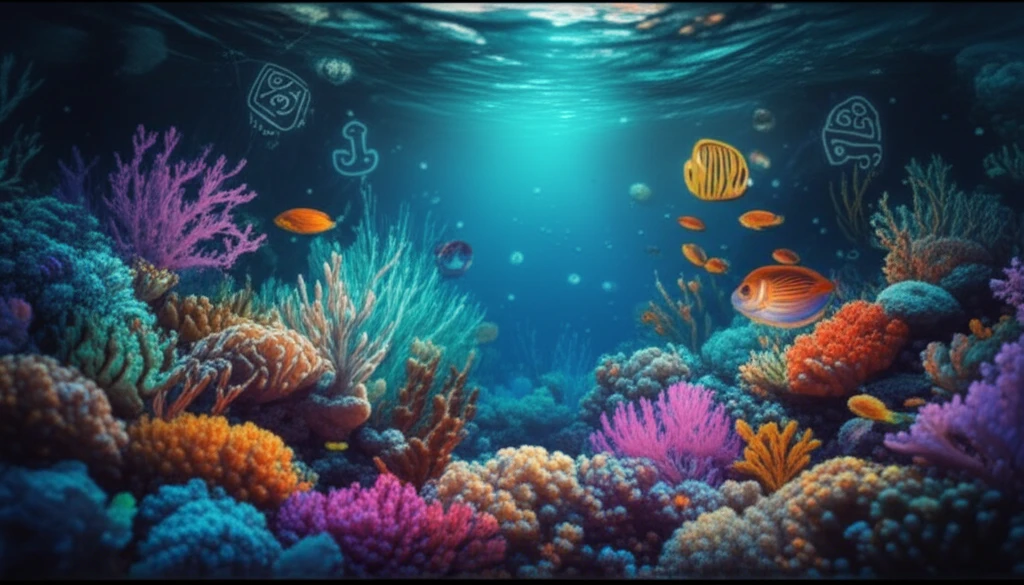
Kei Besar's Coral Reefs: Can Local Wisdom Save Them?
"A Deep Dive into How Traditional Practices Can Help Coastal Resources Management in Southeast Maluku."
Indonesia's coral reefs are biodiversity hotspots, offering significant economic and ecological value. However, these precious ecosystems face increasing threats from environmental degradation and unsustainable practices, demanding innovative solutions that balance conservation with community needs.
In Southeast Maluku, particularly the North East District of Kei Besar, a unique approach to natural resource management exists, rooted in local wisdom. Known as “Bat Batang Vid Roa Vid Nangan,” this concept emphasizes community-based stewardship and the sustainable use of marine resources.
This article delves into the condition of coral reefs in Kei Besar, exploring how local knowledge can be integrated with modern scientific approaches for effective coastal resource management. We examine the social, economic, cultural, and institutional aspects that influence the health of these reefs and the well-being of the communities that depend on them.
What's the Current State of Kei Besar's Coral Reefs?

A recent study analyzing satellite data and conducting field checks revealed that coral reefs in Kei Besar cover approximately 10.33 km². These reefs boast a rich diversity of marine life, with 94 coral species identified, belonging to 44 genera and 15 families. The most prevalent coral species are Acroporidae (29 species), Faviidae (20 species), and Poritidae (10 species).
- Acropora: Known for their branching and plating forms, these corals are vital for reef structure.
- Faviidae: These brain corals contribute to the overall biodiversity and resilience of the reef.
- Poritidae: Often found in more turbid waters, these corals add to the ecosystem's adaptability.
Can Traditional Knowledge and Modern Science Coexist to Save Kei Besar's Reefs?
The study emphasizes the critical role of integrating local knowledge, or 'SASI,' with modern scientific approaches for effective coral reef management in Kei Besar. SASI, a traditional system of resource management, involves customary laws and institutional arrangements that regulate the use of coastal resources.
The research revealed that most people believe imposing SASI is useful to protect natural resources from extinction. Combining this local wisdom with scientific insights can lead to more sustainable practices, ensuring community needs are met while protecting the environment.
To truly safeguard Kei Besar's coral reefs, it's essential to empower local communities through education, access to information, and economic opportunities. Further research and continuous support from academics and non-governmental organizations are needed to promote regional development and ensure the long-term health of these valuable ecosystems.
